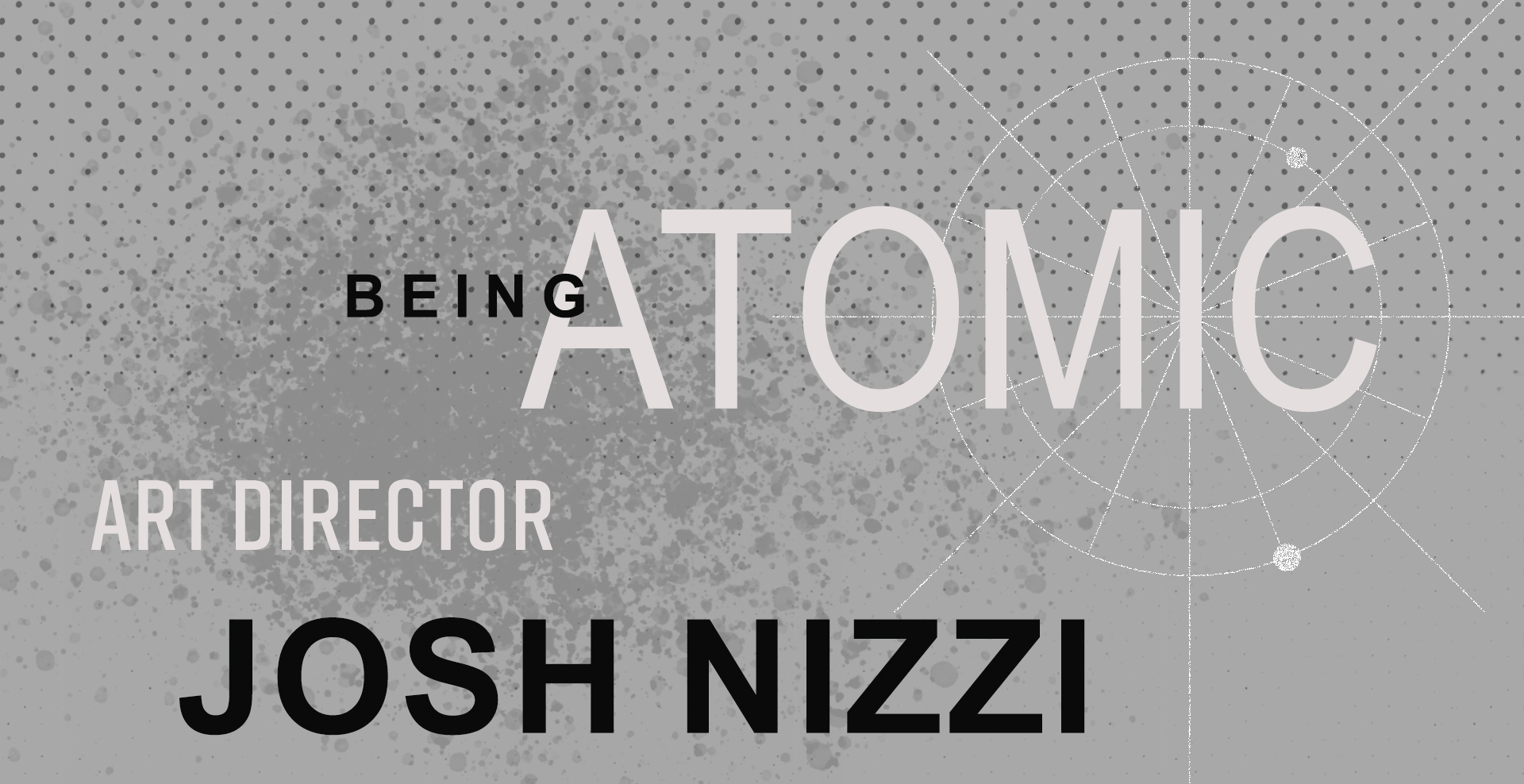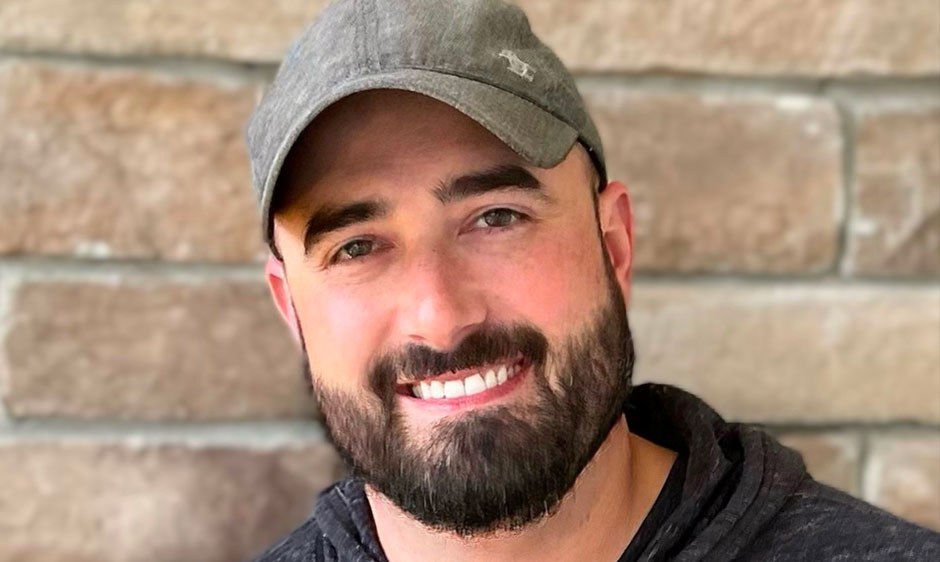


What drew you towards art as a profession?
I’ve loved drawing my whole life. When I was little, I used to bring my mom dinosaur books and ask her to draw pictures from it so I could see how she did it. My parents were always encouraging of my interests in art. My grandfather was the Art Director and Editor of Better Homes and Gardens magazine, so there weren’t any worries that an art career wouldn’t pay the bills.
I was big into comics as a kid and learned a lot about how to draw people by copying Todd McFarlane, Jim Lee, and Rob Liefeld.
Jurassic Park and Street Fighter 2 were both big influences that steered me toward a career that combined art and computers for entertainment. The more I explored digital art the more I knew it was what I wanted to do.
Can you share with us your journey as a game developer?
My first job was at Volition working on Descent 4 which became Red Faction. That was a great experience for my first project, I got to work on a ton of different areas, concepts, models, animation, UI, etc - the game did really well in both reviews and sales. After doing mostly character work on Red Faction 2 we moved on to The Punisher. At that point I moved up to Chicago and took an Art Director Position at Day 1 Studios. Initially I did the main characters for Mech Assault 2 as we were ramping up what was supposed to be Mech Assault 3, but later turned into Fracture. It was a lot of work to transition the art team and tech to produce for the xbox 360.
During the production of Fracture, I was asked to help design robots for Transformers: Revenge of the Fallen. I loved game development, but I also always wanted to try working in film, and as a big Transformers fan, this was a dream project. Over the next 15 years or so I worked on over 40 films, mostly for Marvel and Hasbro IPs. I also continued to work in AAA, VR, and Indie games with groups like Epic and Wargaming.
You have also worked in film, can you tell us about those experiences?
Film work has been great, and I have been blessed to work on very successful films. The first time I saw the Megatron I designed on the big screen was one of the highlights of my career. I really respect the artists I’ve worked with over the years and am constantly amazed at their talent.
When I first started in film, I was one of the first people using 3d in concept art. Coming from games it didn’t seem that innovative to me, but it gave me a leg up, especially on the Transformers films.
In my film work I’ve been able to help reimagine many older IPs for modern audiences. I like the challenge of figuring out what elements to play up, what to drop, and what new things to introduce.
I worked a bit on the first two GI Joe films and found I had a different vision than the direction they went with. I hoped for a more mature and realistic take – which was a huge reason I was interested in joining this project – to be able to bring to screens the Joe universe I have always wanted to see.
As Studio Art Director where have you and the Atomic art team drawn inspiration from for the GI Joe Snake Eyes game?
IP wise, I’d say our main source of inspiration is the comics. They have been able to explore Snake Eyes and Joe from a more serious and mature tone. The toys and cartoons still have a soft spot in our hearts though.
We look at a lot of other games like COD, Metal Gear, and Ghosts of Tsushima. Of course, we draw a lot of environmental inspiration from various films, but I don’t want to mention them because it would probably give away too much about what we are doing.
With all the recent advances in tech does anything really excite you to use on GI Joe Snake Eyes game that you haven't been able to try before?
The new features of Unreal 5 are impressive and are allowing us to get better fidelity on screen faster than ever before. We are having to adjust our ways of working, but ever-changing technology is one of the many exciting things about game development.
Procedural art and animation are high on our priority list. We want to work as smart as we can and let automation help wherever possible.
Joe or Cobra?
Joe. I want “to defend human freedom against Cobra, a ruthless, terrorist organization determined to rule the world.”
Following that up, what GI Joe character would you be if you could be anyone?
I had to get Brandon Jerwa’s help on this – Looks like the only Joe that is an artist is Altitude. “After his budding artistic career in the animation industry was shortened by the collapse of syndicated cartoon programming, he decided to embark on a new career in the military.”
What are some of the things (no spoilers) in the new GI Joe Snake Eyes game you are most excited about?
I really like our version of this universe. There are so many awesome things to pull from in the GI Joe IP. We are going bold and new, but also honoring what makes Joe iconic.
I think we have something special happening with our studio and its amazing to be a part of it. The talent we have been able to attract is incredible, but we also have a wonderful culture of caring, cool people. I am excited to see what our team is able to do together.
What advice would you give someone interested in pursuing a career as a game development artist?
Game development is very difficult. The tech is constantly changing, and the quality bar keeps getting higher. But that is also the exciting part about it. It’s never boring, and there are always opportunities for new talent or old talent to reinvent themselves.
I’ve worked on 4-person indie games and 400+ person AAA live games. There are so many avenues for artists to explore in game dev. My encouragement would be to try as many areas as possible to see what you love and what you are best at. Tech animation, tech art and VFX are areas where it seems difficult to find good candidates – there is great opportunity there for high paying jobs.
Where is the best place for people to see your work?
You can find more of my work on Instagram at joshnizzi.art, or on my website joshnizzi.com.
